Exploring the realm of LED lighting brings us to one crucial question: Are LED strip lights safe for use in our homes and workplaces? The answers lie not just in the bulbs themselves but in how we use them. Let’s illuminate the path to understanding the safety of LED strip lights.
LED strip lights are predominantly safe, offering low heat emission, high energy efficiency, and minimal UV exposure, aligning with modern safety standards for residential and commercial use.
Delve deeper with us as we explore the multifaceted aspects of LED strip lights, from their environmental impact to their installation and maintenance intricacies. Uncover the essential guidelines and innovative trends that make LED strip lighting a safe, versatile, and sustainable choice for lighting up your space.
Delving into the Safety Aspects of LED Strip Lights
When we talk about LED strip lights, we’re delving into a world where innovation meets safety. These strips are more than just a trend; they’re a testament to how far lighting technology has come. LED strip lights operate at significantly lower temperatures than their incandescent or halogen counterparts. This fundamental difference is crucial because it dramatically lessens the risk of fire hazards, a concern that often accompanies traditional lighting methods.
But the advantages don’t stop there. The very design of LED strip lights plays a pivotal role in their safety. At low voltage, typically between 12V and 24V, these lights are far less likely to cause electric shocks. This aspect is especially reassuring in households with curious kids or pets. Plus, the absence of harmful elements like mercury, commonly found in some fluorescent lights, makes LEDs eco-friendly. By opting for LED strip lights, you’re not just illuminating your space but also making a conscious decision to protect the environment.
The safety of LED strip lights also hinges on proper installation and usage. It’s not just about buying the lights and sticking them up anywhere. There’s an art to it. Ensuring that they’re firmly attached to a surface prevents potential accidents, such as tripping over loose strips. Moreover, the use of the correct power adapter is crucial. A mismatch between the power supply and the LED strips can lead to overheating, nullifying the low heat benefit of LEDs.
There’s also a variety of quality in the market, and this is where brand reputation comes into play. Opting for well-known brands might come at a premium, but it’s worth paying for peace of mind. These brands often comply with stringent safety standards, ensuring their products are as safe as they are functional.
Incorporating these small yet significant steps into installing and maintaining LED strip lights can amplify their safety. So, when you choose to light up your space with these colorful strips, you’re not just choosing style and functionality; you’re also choosing safety and sustainability.
Environmental and Health Impacts of LED Lighting
Delving deeper into the environmental and health benefits of LED lighting, one can’t help but notice the significant strides it makes in promoting a healthier planet and populace. The minimal UV radiation emission of LEDs is particularly noteworthy. Unlike traditional lighting, which can emit a considerable amount of UV light, LEDs offer a safer alternative, significantly reducing the risk of skin cancers and eye damage associated with UV exposure.
However, the environmental impact of LEDs extends beyond UV emissions. Their energy-efficient nature means less power consumption, leading to lower carbon emissions—a crucial factor in combating climate change. Additionally, LEDs lack toxic substances, like mercury, which is particularly true of traditional bulbs. This makes them safer and reduces hazardous waste, contributing to a healthier ecosystem.
From a health perspective, LEDs’ consistent and flicker-free light output is a game-changer. This stable illumination is less likely to cause eye strain or headaches, common issues with traditional flickering lights. LEDs can be a soothing alternative for those sensitive to light, such as migraine sufferers. Furthermore, the ability of LED lights to mimic natural light patterns supports the human circadian rhythm, promoting better sleep and overall well-being.
Installation and Maintenance: Ensuring LED Safety
Installing LED strip lights is critical to ensuring their safety and functionality. It begins with selecting a suitable power source, which must correspond with the LED’s voltage and current specifications. This compatibility is essential to prevent any electrical overload that could lead to overheating or even fire hazards. The next step involves carefully attaching the LED strips to an appropriate surface. It is important to choose a cover that can support the strips over time and is free from environmental factors that could degrade the adhesive or the strip itself.
Regular maintenance is crucial to the longevity and safety of LED strip lights. This includes routine checks for potential damage, such as inspecting for frayed wires or loose connections. These issues can lead to electrical hazards or diminished lighting performance if overlooked. Regularly cleaning the strips is also vital; dust and dirt accumulation can impede the LED’s brightness and even lead to overheating. Simple maintenance actions like gently wiping the strips with a dry cloth can significantly extend their lifespan.
Heat management is another important aspect of LED strip light maintenance. Despite their low heat emission compared to traditional lighting, LEDs still generate heat that needs to be effectively managed. Ensuring enough ventilation around the LED strips is key to preventing overheating. This can involve leaving space around the strips or installing them in areas with natural air circulation.
LED Strip Lights in Home Decor: Safe and Creative Applications
LED strip lights offer creative possibilities in home decor thanks to their flexibility and various colors and brightness levels. They can create a dramatic effect around a TV for a home cinema experience, illuminate kitchen countertops for better visibility, or even wrap around patio railings for a festive outdoor ambiance. Their ability to bend and twist allows for customization in lighting designs that were previously difficult or impossible to achieve with traditional lighting.
However, with this creative freedom comes the responsibility of ensuring safety. When installing LED strip lights, it is crucial to consider their proximity to flammable materials. For instance, placing them too close to curtains or paper decorations can pose a fire hazard. Similarly, their placement in areas like kitchens and bathrooms requires careful thought to avoid electrical dangers from water splashes or steam.
Using the right installation accessories, such as clips and brackets, can help secure the LED strips in place and prevent them from stretching or sagging, which can damage the wiring. Additionally, it’s important to consider the lighting’s overall aesthetic and functional aspects. For example, dimmable LED strip lights in a dining area can create the perfect ambiance for different occasions, from a bright and lively family dinner to a more intimate and subdued setting.
Your Questions Answered: LED Strip Light Safety
Understanding and following the manufacturer’s guidelines is crucial for the safety of LED strip lights. These guidelines maximize the product’s performance while minimizing safety risks. One of the most critical aspects is using the correct power supply. This consideration is essential because an incompatible or inadequate power supply can lead to overheating, which, in severe cases, could pose a fire hazard. Moreover, ensuring that all connections are securely made can help prevent short circuits, a common cause of electrical failures and potential fire risks.
If you’re not confident about handling the installation yourself, especially in more complex scenarios like cove lighting or outdoor facilities, seeking professional help is wise. A qualified electrician can ensure your LED strip lights are installed safely and comply with local electrical codes. This is particularly important in outdoor installations or areas where the lights might be exposed to the elements, as proper waterproofing and insulation are key to preventing electrical hazards.
When selecting LED strip lights, it’s important to consider the environment in which they will be used. Choosing LED strips with a higher Ingress Protection (IP) rating is crucial in areas with high moisture, such as kitchens and bathrooms. These LED strips are specifically designed to resist moisture ingress, making them safer and more durable in these conditions. For example, an LED strip with an IP67 rating is protected against immersion in water, making it an excellent choice for use near sinks or in other damp areas.
In addition to environmental considerations, the overall quality of the LED strip lights should be noticed. Cheaper options may seem attractive, but they often compromise safety and longevity. Investing in higher-quality LED strips from reputable manufacturers can ensure you get a product that meets safety standards and offers better performance and durability. High-quality LED strips are less likely to experience issues like color fading, uneven lighting, or premature failure, ensuring that your investment is safe and long-lasting.
Special Considerations for LED Strip Lights in Sensitive Environments
In environments where safety is paramount, such as homes with pets and children or specific rooms like bedrooms, LED strip lights need careful consideration. The primary concern for children and pets is preventing accidental tampering, which could lead to damage or injuries. Strategically placing LED strips out of reach – perhaps higher up on walls or behind barriers – can mitigate these risks. In addition, covering power sources and control units ensures that these components aren’t easily accessible to curious hands or paws.
In bedrooms, where ambiance and comfort are key, selecting the right LED strip lights can significantly impact the quality of relaxation and sleep. Opting for LEDs with a warmer color temperature creates a serene and cozy atmosphere, ideal for winding down after a long day. Dimmable LED strips are a perfect choice for bedrooms as they offer the flexibility to adjust the brightness to suit different times of the day or night. Imagine being able to gradually dim the lights as bedtime approaches, creating a peaceful environment that encourages a good night’s sleep.
For children’s playrooms, LED strip lights allow creativity and fun into the space. Placing these lights behind furniture or along the ceiling can create enchanting effects that spark imagination and play. This indirect lighting is safe, avoids direct exposure to the eyes, and adds a magical touch to the room, making it a vibrant and inviting space for children.
Fire Safety and LED Strip Lights: Separating Fact from Fiction
Regarding fire safety, LED strip lights often need to be understood. The key fact is that LEDs produce significantly less heat than traditional lighting options like incandescent or halogen bulbs. This lower heat emission is a major factor in reducing the risk of fire hazards. However, understanding this should not lead to complacency regarding safety measures.
Proper installation guidelines are critical for ensuring fire safety with LED strip lights. Overloading power strips is a standard error, especially in DIY installations, and can create a severe fire risk. It’s crucial to distribute the electrical load properly and adhere to the specifications provided by the manufacturer. Proper insulation and securement of electrical connections are also essential to prevent short circuits, a leading cause of electrical fires.
In addition, the choice of LED strips themselves plays a role in fire safety. Opting for LED strips with high-quality adhesive backing is important. This ensures that the strips adhere firmly to surfaces and reduces the risk of them peeling off and falling, particularly in areas where they might be inadvertently brushed against or disturbed. Moreover, it’s advisable to choose LED strips that are tested and certified for safety by reputable organizations.
Another aspect to consider is the environment where the LED strips will be used. For instance, it’s important to select LED strips designed to withstand such conditions in areas prone to high heat or direct sunlight. Also, in settings like kitchens, where there is a higher fire risk, opting for LED strips with a higher resistance to heat and moisture can be a safer choice.
The Verdict: Sleeping with LED Strip Lights On
Using LED strip lights in sleeping areas has become increasingly popular, but it’s important to do so thoughtfully. The key is to create a lighting setup that enhances the sleeping environment without disrupting it. Selecting dimmer lights and warmer color tones can significantly improve sleep quality. These settings provide a soft, calming light that can help signal the body that it’s time to rest, aiding the natural sleep process.
Proper installation is vital in sleeping areas to ensure safety and comfort. This involves ensuring the LED strips are installed away from flammable materials like bedding and curtains. It’s also important to consider the placement of the strips to avoid direct exposure to the eyes while lying down. When installed and used correctly, LED strip lights can transform a bedroom into a sanctuary of relaxation and tranquility, enhancing the overall quality of rest and sleep.
Key Takeaways and Best Practices
Regarding LED strip lights, the mantra is simple: safety and efficiency. These lights are a boon for those looking to combine aesthetics with functionality. With their full potential, it’s essential to prioritize quality. Opt for reputable brands that ensure their products meet safety standards. This guarantees longevity and maintains the integrity of the lights’ performance.
Installation is another critical factor. Proper installation ensures that the lights function safely and effectively. This includes checking the compatibility of the power source and securing the strips confirmed to prevent accidents. Furthermore, consider environmental factors about where you place your lights and how they impact your space. For instance, using LEDs in areas with high moisture levels without adequate waterproofing can lead to safety risks.
Regular maintenance plays a pivotal role in the lifespan of your LED strip lights. This involves cleaning the strips, checking for damage, and ensuring all connections remain secure. Incorporating these best practices into your LED lighting strategy creates a safer, more efficient, and more enjoyable lighting experience.
Future Trends and Innovations in LED Lighting
The future of LED lighting holds immense promise, with innovations poised to revolutionize how we use and interact with light. Energy efficiency has always been a hallmark of LED technology; upcoming advancements are expected to elevate this further. Researchers are exploring new semiconductor materials that promise higher luminescence and lower energy consumption. This means brighter LED lights that use less power, reducing the environmental impact and cost for consumers.
One of the most exciting developments is in the realm of control systems. The next generation of LED strips is expected to be far more interactive. Imagine LED strips that adjust their brightness and color based on the time of day or your mood, all controlled via simple voice commands or a smart home app. Integration with home automation systems will allow LED lighting to be a part of a more extensive network of home devices, offering synchronized control for a more intuitive and user-friendly experience.
The evolution of safety features in LED lighting is also a significant focus area. Advanced heat dissipation technologies are being developed to ensure LED strips remain cool even after extended use, greatly reducing fire hazards. Additionally, we’re looking at integrating smart sensors in LED strips that can detect overheating or electrical anomalies and automatically adjust the brightness or even turn off the lights if necessary. This proactive approach to safety can provide peace of mind, especially in households with children or pets.
Further on the horizon, we see the potential for LEDs to become even more integrated into our daily lives. The possibilities are endless, from LEDs that emit UV light for disinfection purposes to those that mimic natural sunlight to improve mood and productivity. There is also ongoing research into organic LEDs (OLEDs), which offer even greater flexibility and efficiency, opening up new possibilities for design and application.
In conclusion, as we navigate the ever-evolving world of LED lighting, it’s clear that LED strip lights offer a harmonious blend of safety, efficiency, and versatility. Amidst these advancements, 유니탑 stands out as a beacon in the LED industry. As one of China’s leading manufacturers of LED 스트립 조명 그리고 LED 네온 플렉스, Unitop is committed to providing innovative, high-quality lighting solutions that meet the diverse needs of customers globally. If you have any further questions or specific requirements, please get in touch with us. Embrace the future of lighting with Unitop, where cutting-edge technology, safety, and aesthetic brilliance come together to illuminate your world. 문의하기 now to experience the exceptional craftsmanship and expertise that Unitop brings to the LED industry.

Tom은 현재 다음의 영업 관리자입니다. 유니탑(중국) 유한공사. 그는 LED 조명 업계에서 2005년부터 근무하고 있습니다. 그는 영업 및 마케팅, 공장 관리 분야의 전문가입니다. 보디빌딩을 좋아하고 애플의 열렬한 팬이기도 합니다! 그는 열심히 일하는 사람이며 새로운 것을 배우고 시도하는 것을 좋아합니다.
이메일: tom@unitopledstrip.com WhatsApp: +86-18680307140

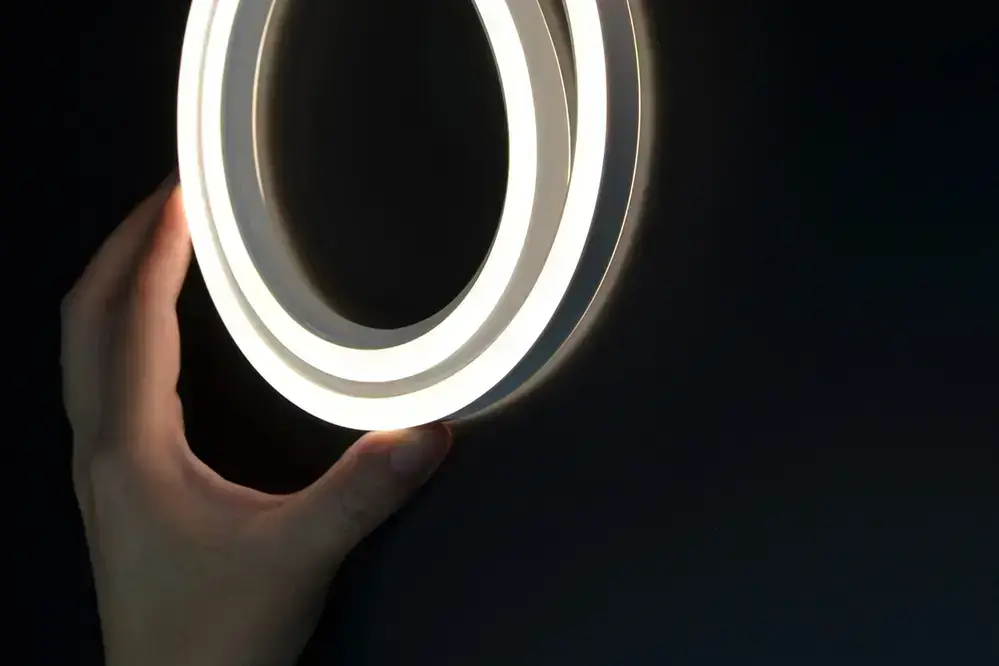
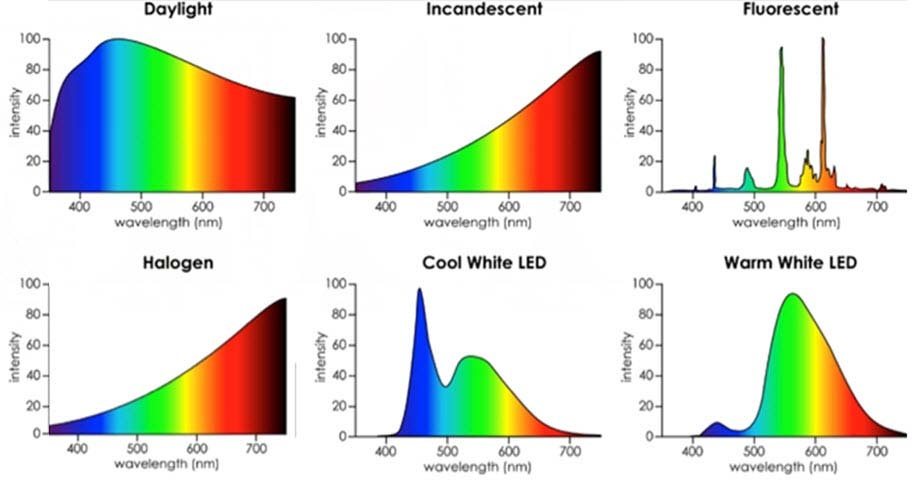
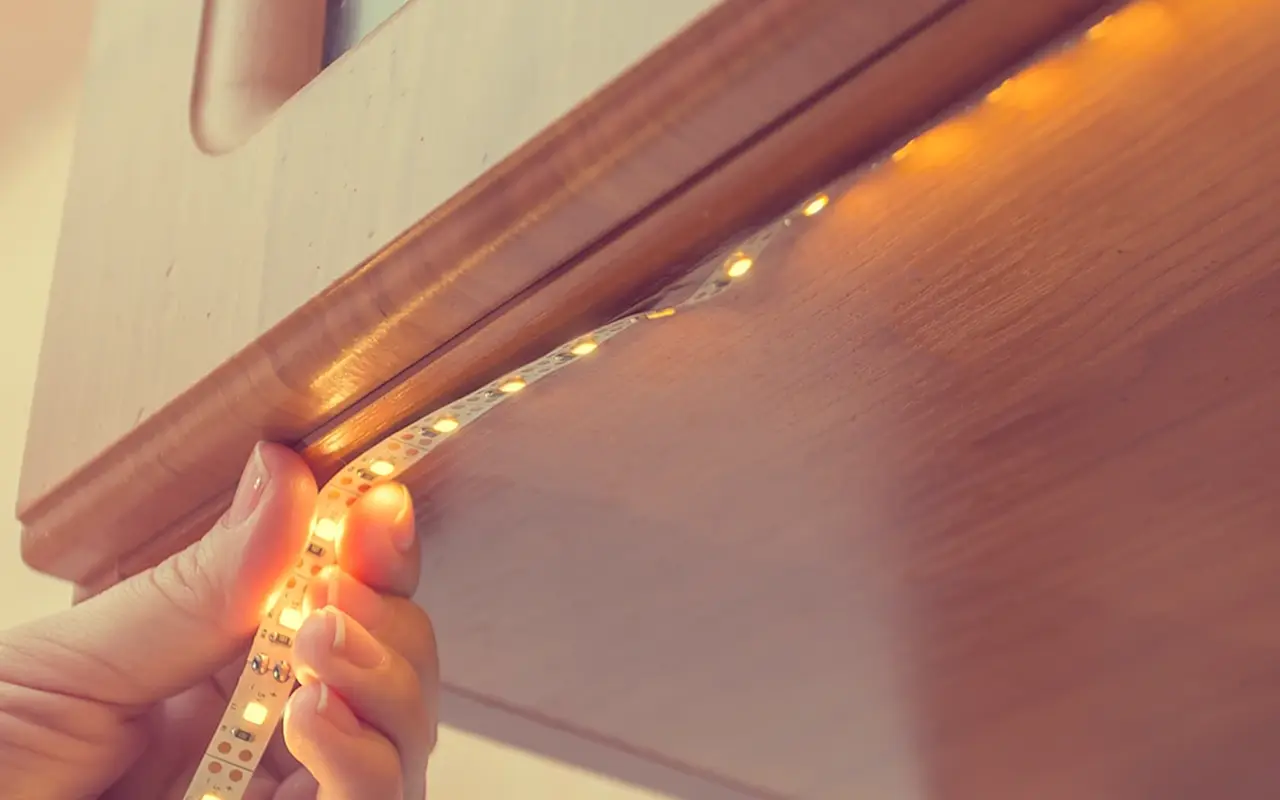

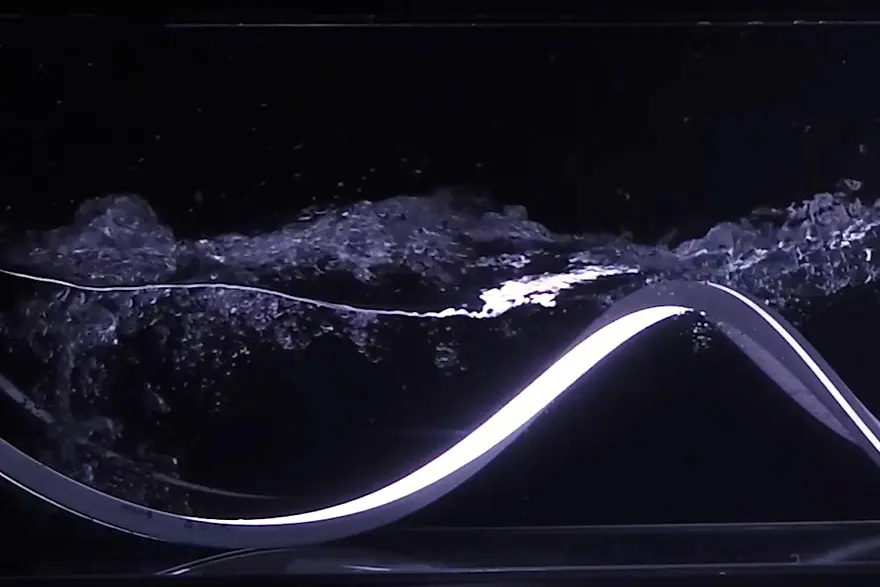
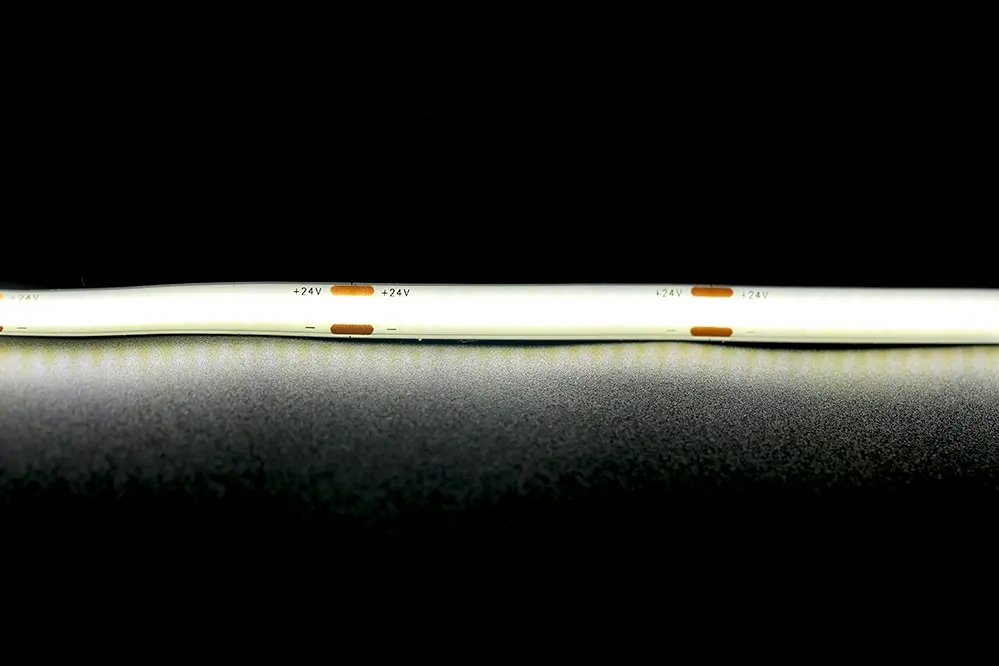
댓글을 남겨주세요
토론에 참여하고 싶으신가요?자유롭게 기여해 주세요!